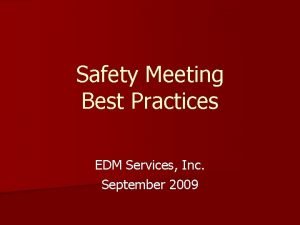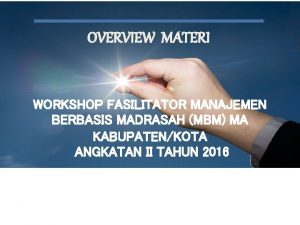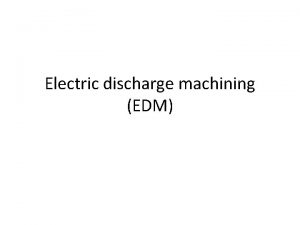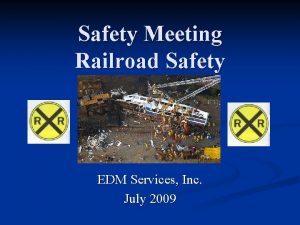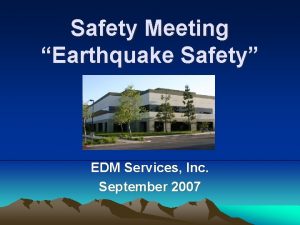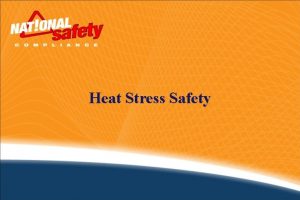Summer Safety Heat Prevention EDM Services Inc July






- Slides: 6

Summer Safety & Heat Prevention EDM Services, Inc. July 30 th, 2010

Heat-Related Illnesses Ø Heat Rash. Symptoms: red, bumpy rash that can be itchy. Treatment: Rest in a cool place and keep skin dry and clean. Ø Heat Cramps. Symptoms: painful muscle cramps. Treatment: Drink electrolyte fluids to replace lost water and salt. Ø Heat Exhaustion. Symptoms: weakness, dizziness, or nausea; clammy skin; complexion pale or flushed; vomiting and loss of consciousness in sever cases. Treatment: Rest in a cool place and drink plenty of fluids, preferably electrolyte fluids to replace lost salt as well as body fluids. Ø Heatstroke- (Life Threatening) Symptoms: worker stops sweating; skin hot and dry’ confusion, convulsions, and loss of consciousness possible. Treatment: Call for an ambulance immediately; remove heavy outer clothing and keep victim cool by soaking clothes with water or spraying with mists of water. Give liquids if conscious.

Working In The Field Ø Reschedule outside work when conditions are too hot. Ø Take more frequent or longer breaks to prevent from getting overheated. Ø Reduce physical demands so that the body doesn’t have to work so hard. Ø Limit the number of hours worked in the hot sun and pace yourself. Ø Allow your body time to adjust to the hot conditions and drink plenty of fluids. Monitor Your Body Ø Heart rate should be within a safe range. About 110 beats per minute at excerption. Resting heart rate after 5 minutes should be lower. Ø Body temperature at the end of your shift to ensure it is in safe range should not be anymore than 99. 7 degree’s Fahrenheit. Ø Body water loss by weighing workers at the end of a shift should not be more than 1. 5 percent of a worker’s total weight. Example if you started your shift weighing 150 lbs, a total weight loss of 2. 25 pounds is safe. Anything more than that can lead to dehydration and sickness.

Best Prevention Tips Ø Practice Pre-hydration: Before your work starts you should drink up to 16 oz of fluid and drink 8 oz every 20 minutes. Ø Drink the right stuff. Water vs. flavored water? Do not drink alcohol. Ø Become acclimated to the heat slowly. Ø Take off the hat. Body heat releases out of the top of the head. Ø Wear the right fabric. Loose, thin, white synthetic t-shirts are best. Ø Don’t remove PPE (personal protective equipment).

Facts: • Heat waves kill about 700 Americans each year—more than hurricanes, tornadoes, floods, and earthquakes combined. • Temps above 90 degrees for several days in a row, risks of heat stroke rise sharply—especially if the weather is humid. • Humans release body heat by sweating, but hot, humid weather slows sweating. • Young children and elderly people are at high risk for heat-related illness because their bodies do not adjust readily to changes in temperature • Hot weather promotes the formation of ground-level ozone, an air pollutant that irritates eyes and lungs and is a major component of smog


